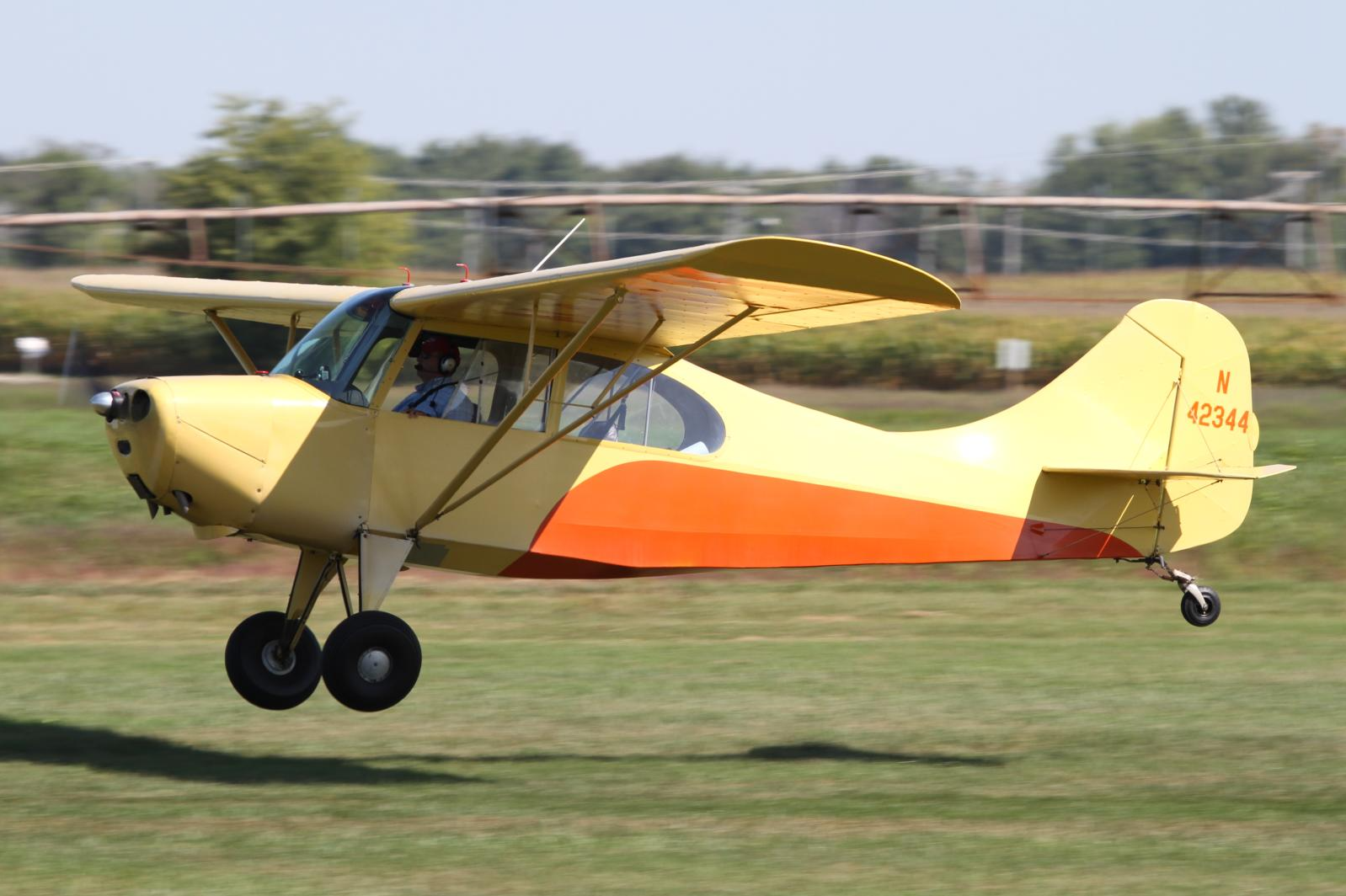Tail Dragger (Conventional Landing Gear)

Taildragger, also known as conventional landing gear, is an aviation term referring to a landing gear configuration with two main wheels under the wings and a smaller wheel or skid at the tail. Early aircraft like the Wright Flyer used skids, but as aviation progressed, tailwheels replaced skids, eventually becoming the standard. Taildraggers were prevalent in the early days of aviation and remain popular in aircraft like the Douglas DC-3 and Piper Cub.
Early Development and Use
Early Experiments: Early aircraft like the Wright Flyer used no landing gear, relying on catapult launches and skidding to a stop.
Development of Landing Gear: Simple bicycle wheels were added to aircraft as early as 1906, and by World War I, landing gear had become standardized with main wheels and a tail skid.
Tailwheel Replacement: As runways evolved from grass to paved surfaces, tailwheels replaced skids, and the taildragger configuration became the norm.
Advantages and Disadvantages
Advantages: Taildraggers are known for their robustness, especially on unpaved surfaces, and their ability to provide adequate ground clearance for propellers. Video source
Disadvantages: Taildraggers are more susceptible to ground-looping, a situation where the aircraft spins on the ground due to steering from behind the center of gravity. Video source
Current Use
Persistence in Vintage and Specialty Aircraft: Taildraggers remain in use in vintage aircraft, aerobatic planes, and aircraft operating in challenging terrain. Source
Evolution of Landing Gear: While taildraggers are less common than nosewheel aircraft in modern commercial and military aviation, they still hold a place in general aviation and specialized roles.
